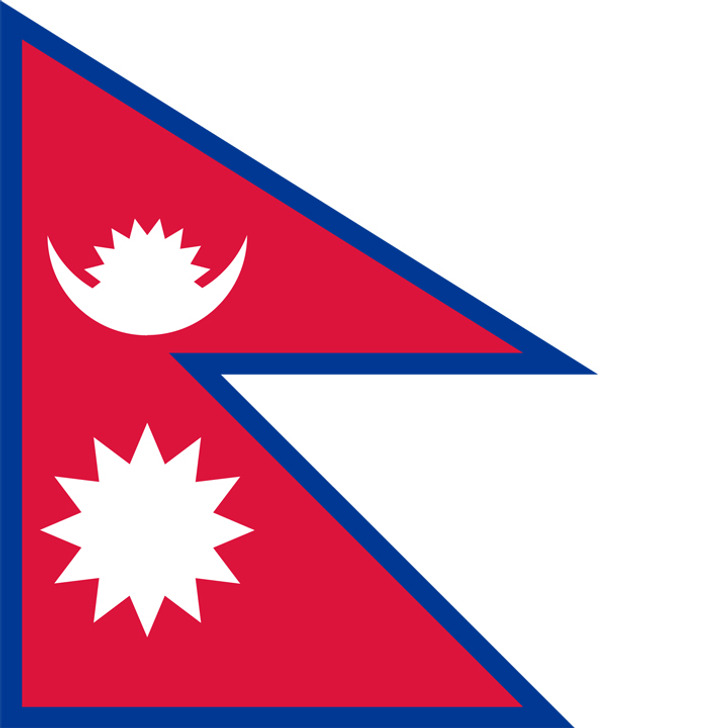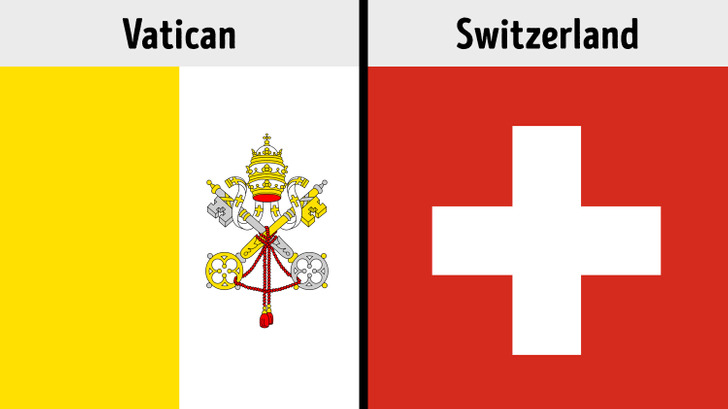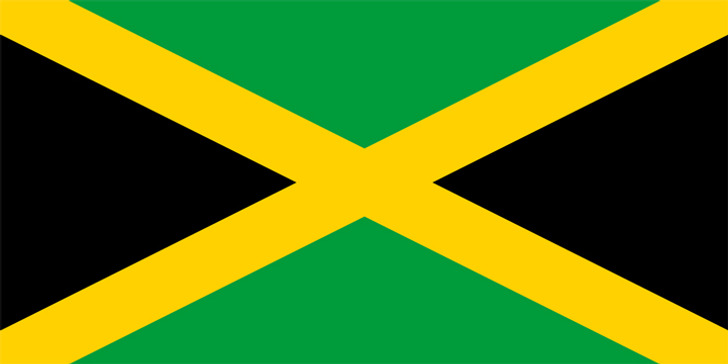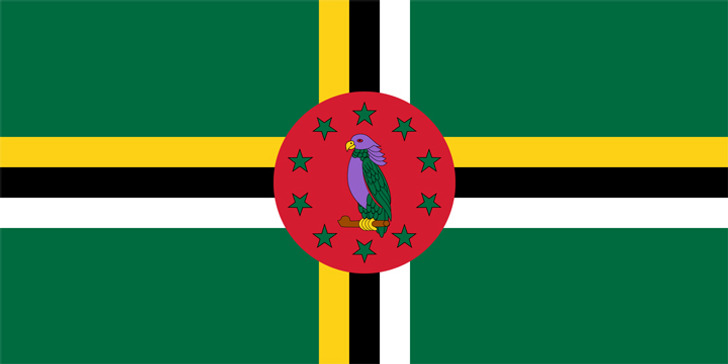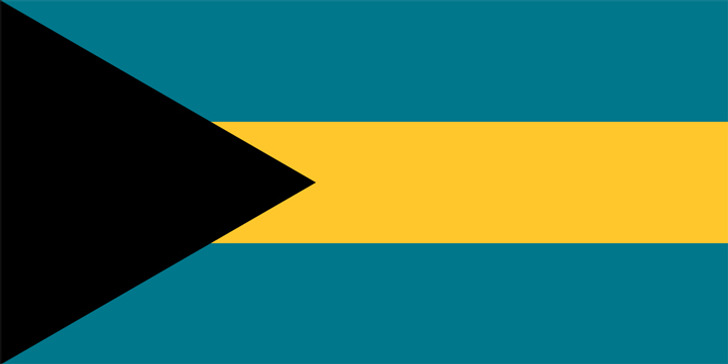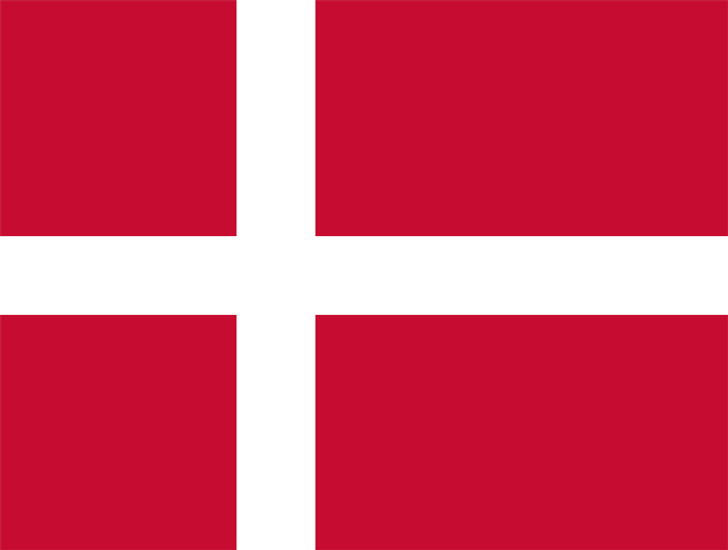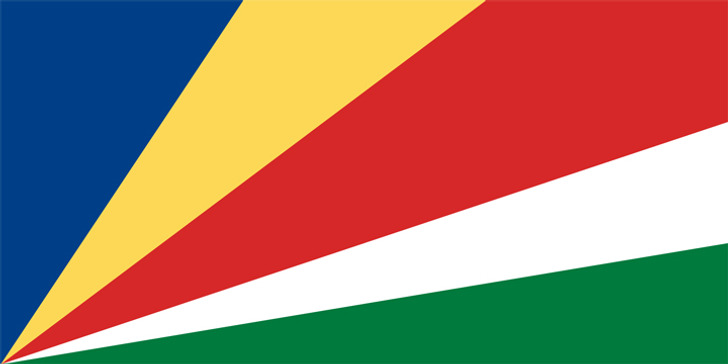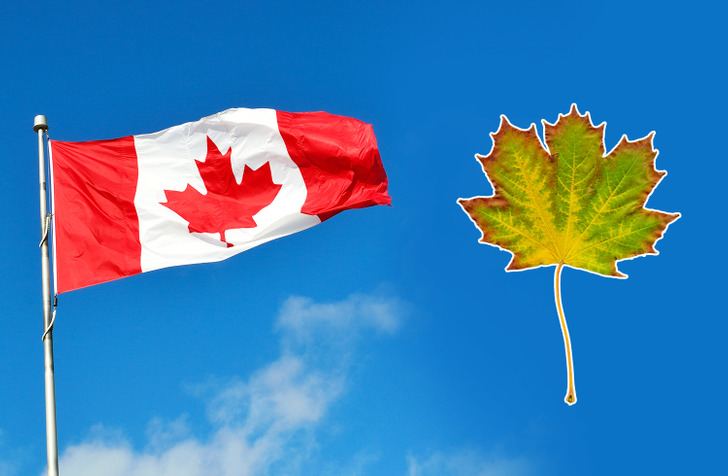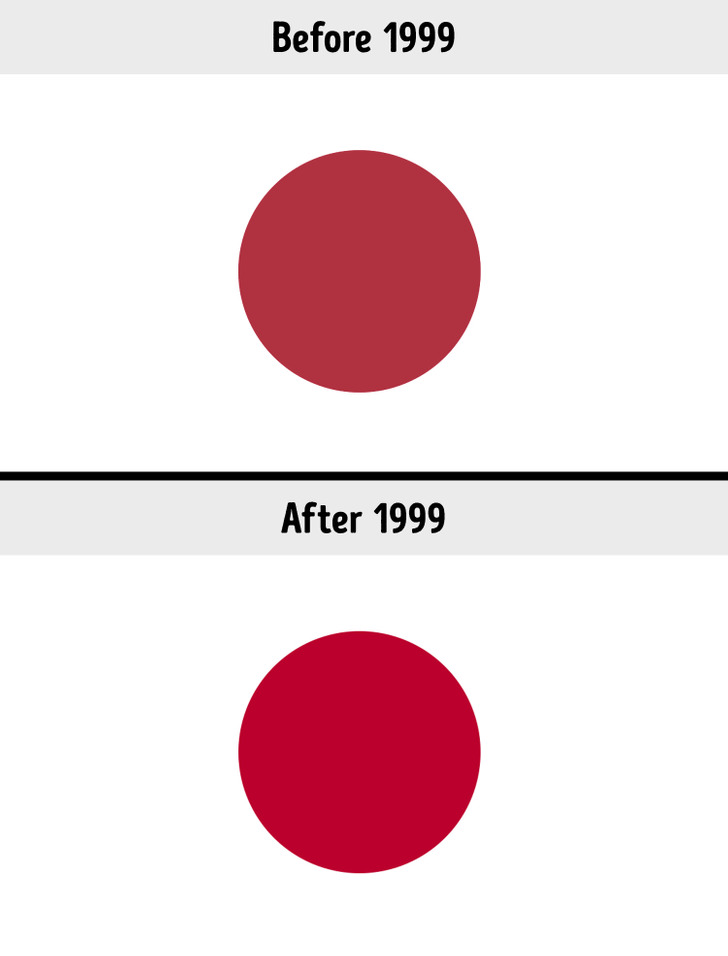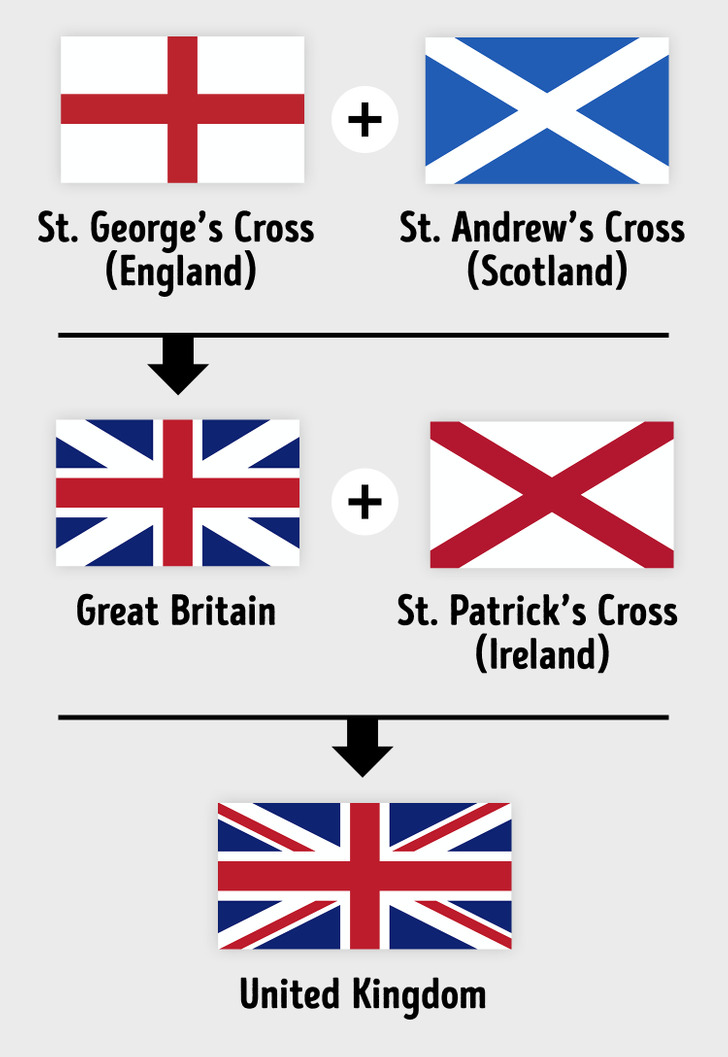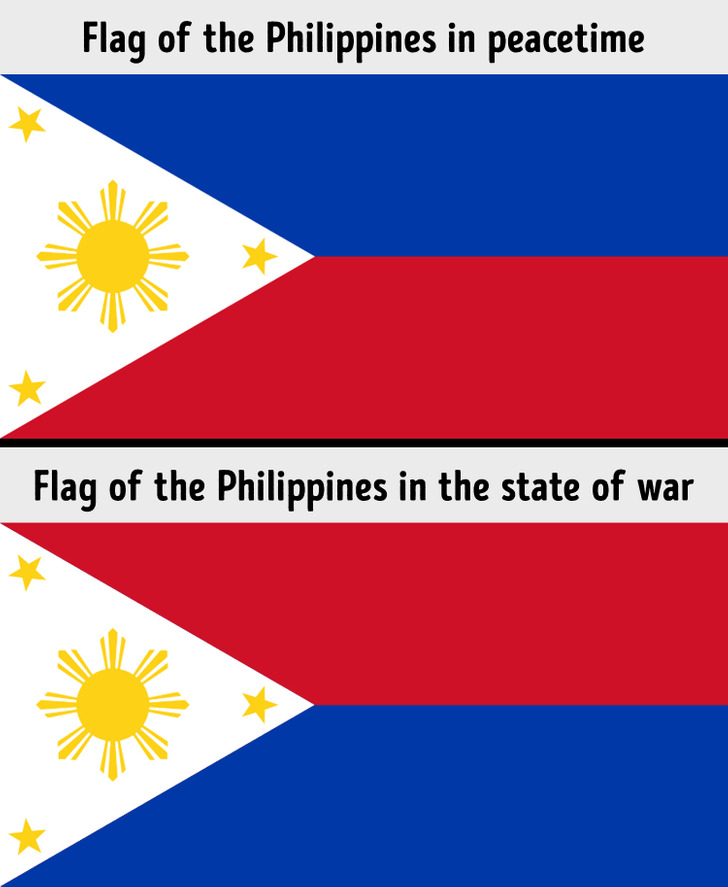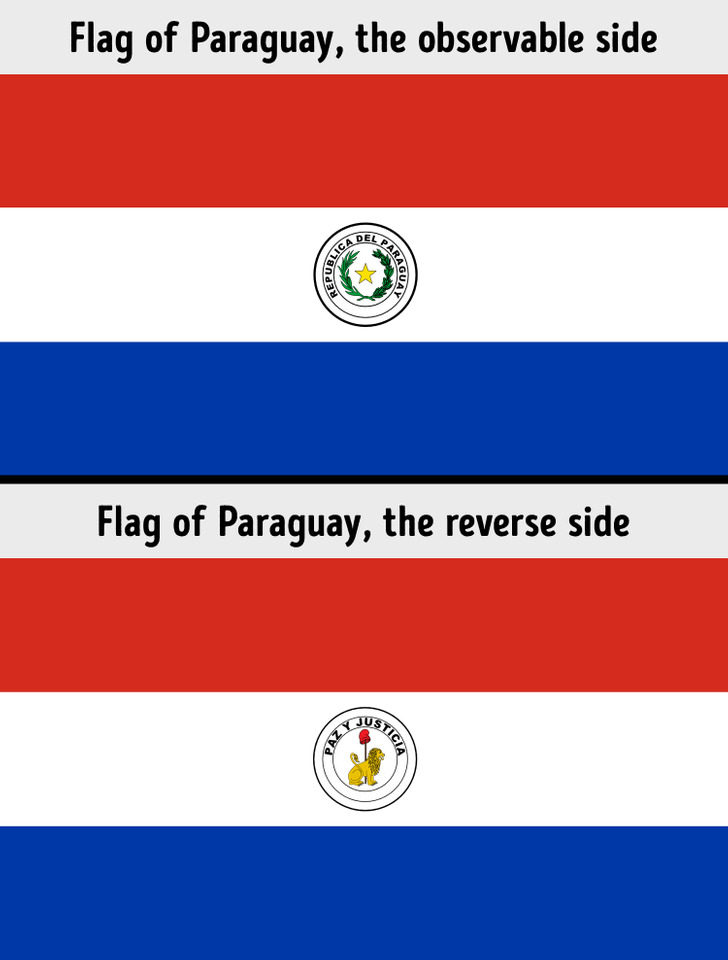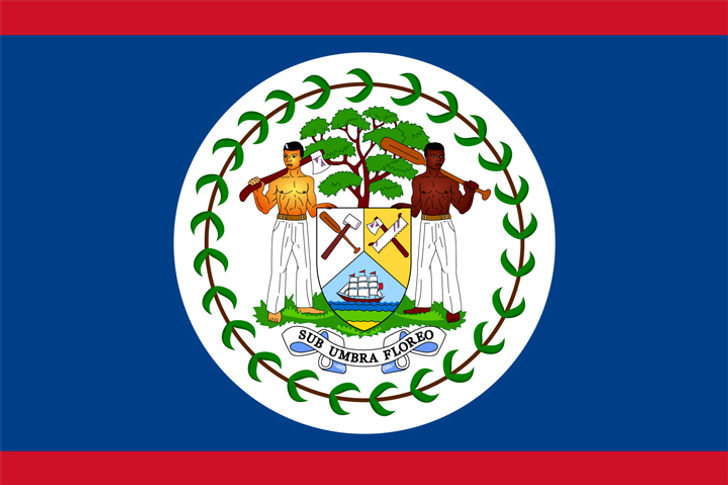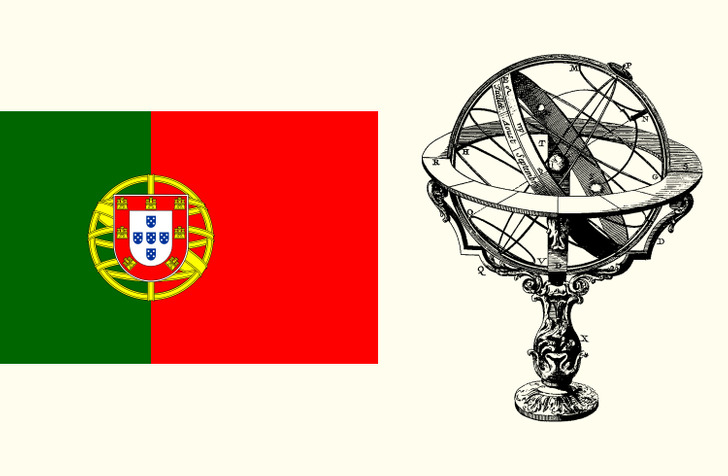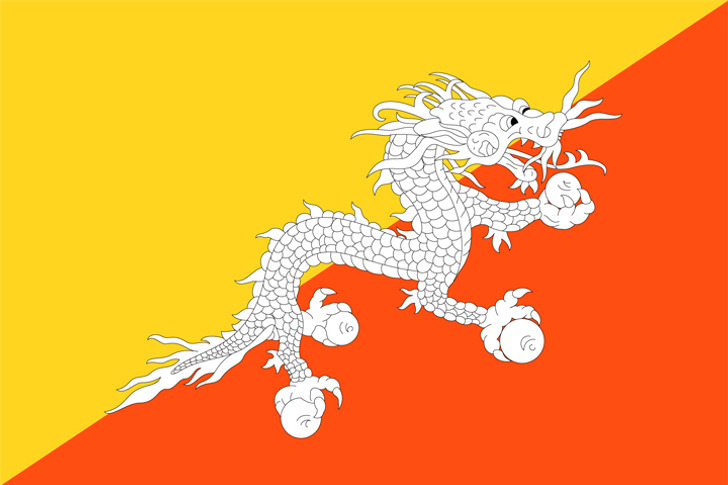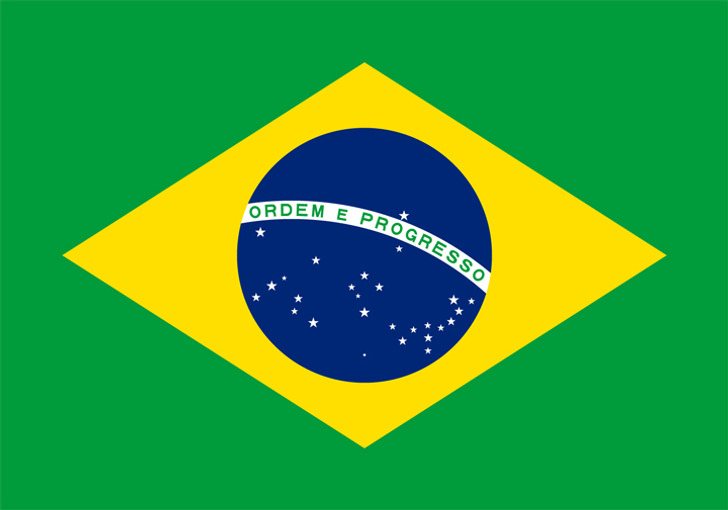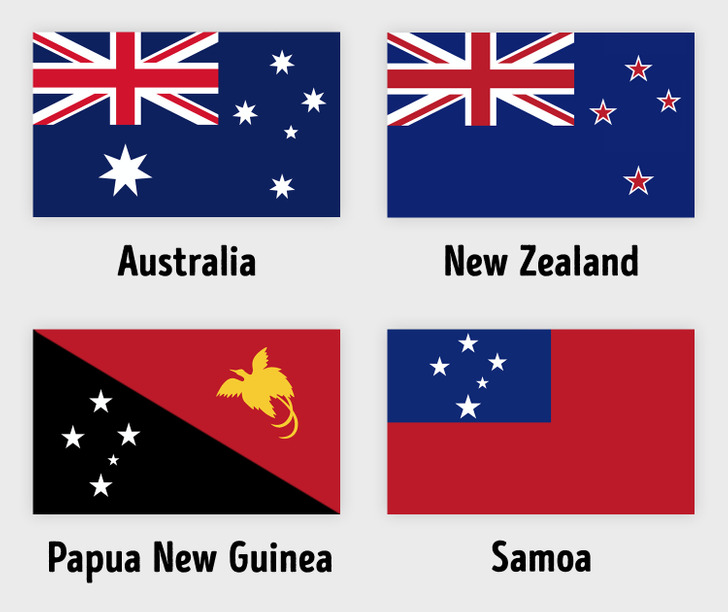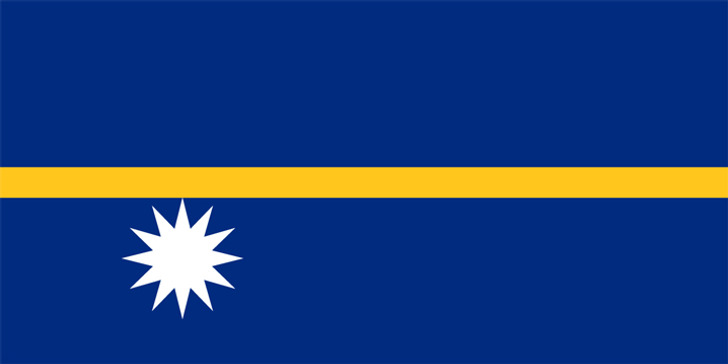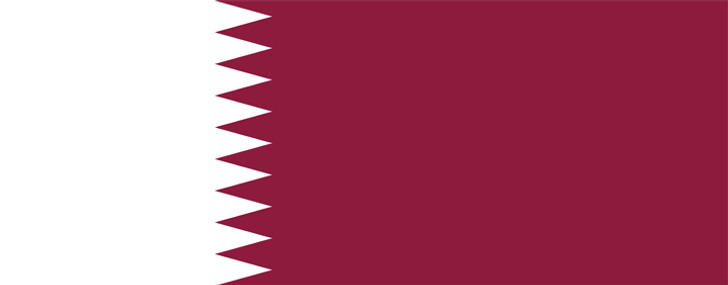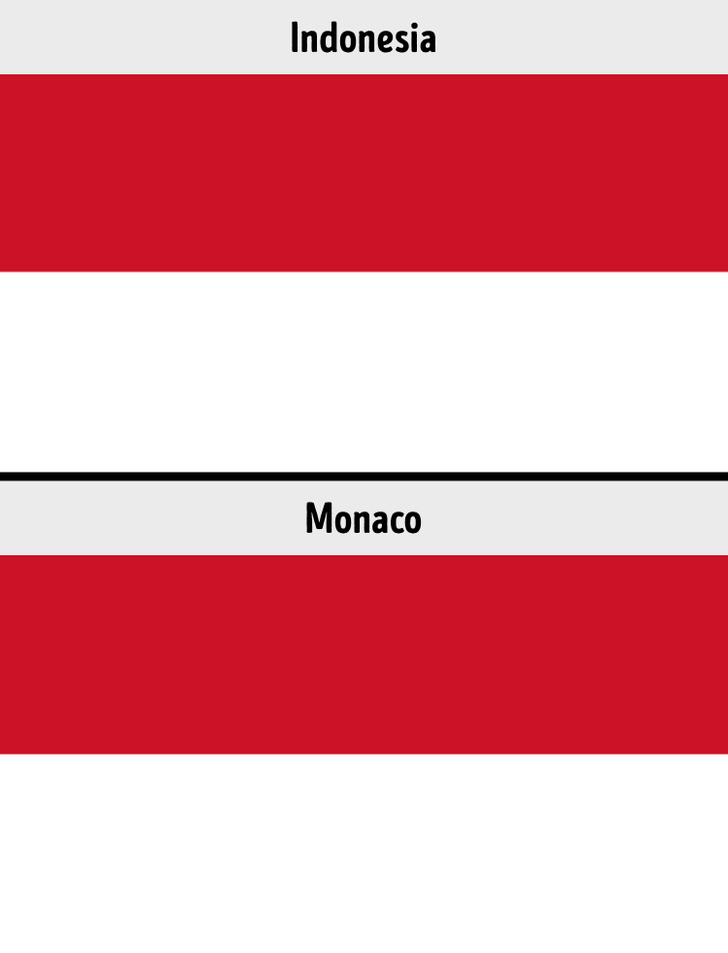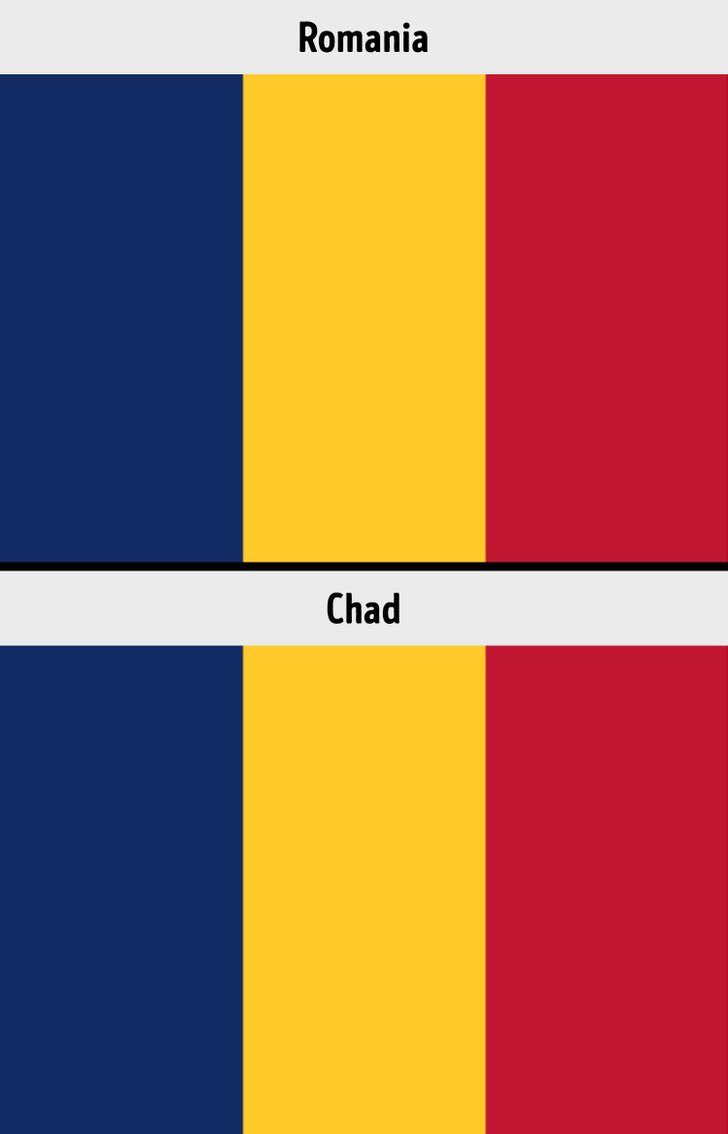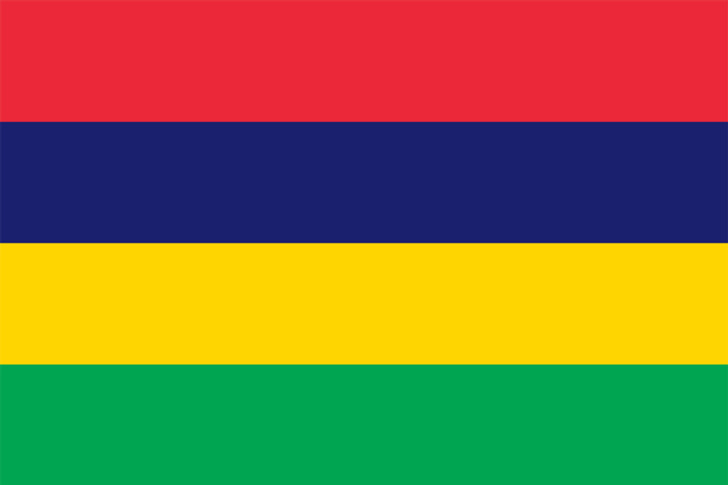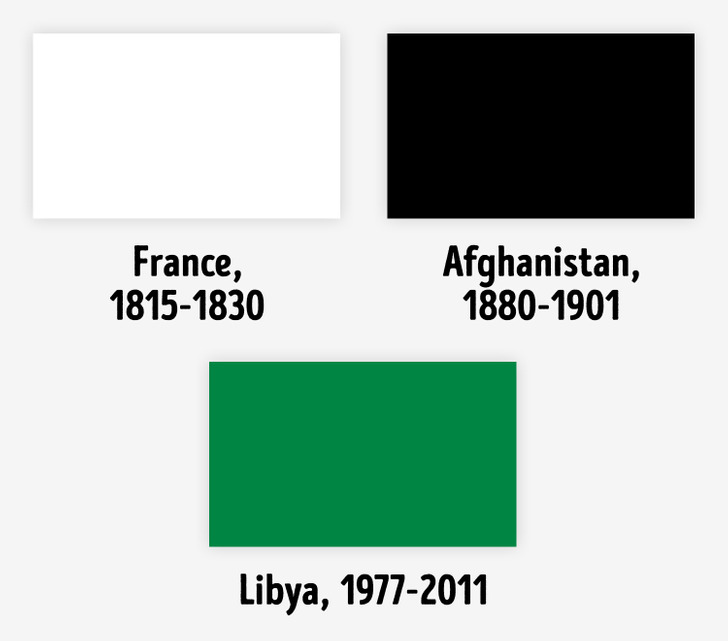The Welsh flag has been in use for centuries and is believed to date back as far as the 9th century, but we can't claim it as the oldest flag because our English overlords chose not to recognise it until the 1950's. As stated we are part of the United Kingdom along with Scotland, Northern
Ireland and England, but we are not included on 'their' flag.
World Flags That Are So Creative, They Must’ve Been Made by Geniuses
There are 197 recognized countries in the world and each of them has its national flag. Just like clothes say a lot about a person, the national flag can say a lot about the country it represents.
Bright Side has carefully studied the flags from all over the world and found many interesting coincidences as well as unusual and entertaining facts that we didn’t even suspect. Let’s start with the fact that all state flags have a rectangular shape, except for one.
Nepal is the only country in the world whose flag has an unusual shape. 2 triangles symbolize the 2 peaks of Mount Everest, which are located on the border of this country. According to the legend, Nepal will exist as long as the sun and the moon depicted on the flag exist.
The flags of all other countries have a rectangular shape. However, the national flags of Vatican City and Switzerland are a little bit different — their flags have the shape of a square.
The Red Cross used by The International Committee of the Red Cross comes from a Swiss flag but its colors are reversed. This symbol was chosen in honor of the ICRC founder — a Swiss man named Henry Dunant.
Most world national flags are horizontal and have 3 stripes. There are 55 such flags.
The most popular colors on the world flags are red, white, and blue. One of these colors is always present on a flag.
However, Jamaica has adopted a yellow-black-green flag in honor of its Independence Day, the 6th of August,1962 when the country got its freedom from British rule. These colors are rarely seen on other flags.
The rarest color seen on national flags is purple. It is connected with the fact that in earlier times, getting natural purple dye was quite complicated and expensive, and by the end of the 19th century when the artificial version of the dye appeared, most countries had already adopted their national flags.
Today the purple color can be seen only on the flag of Dominica. It decorates the chest of the sisserou parrot — the symbol of the country.
There is another rare color that is present only on one national flag: aquamarine. It symbolizes water on the flag of the Bahamas, while the yellow stripe represents a coastline and the black triangle stands for the unity and determination of the Bahamians.
This flag is quite young — it is only 45 years old. It was adopted in 1973.
It’s quite difficult to figure out which flag out of all that have existed is the oldest. But the oldest continuously used flag is the flag of Denmark. It has an official record history that starts from the 14th century and has its own name — Dannebrog.
Curiously enough, insulting the flags of other countries is officially forbidden in Denmark, while there is no official punishment for insulting their own flag.
One of the youngest flags is the flag of Seychelles — it is only 22 years old and it was adopted in 1996. Energy and lightness can be felt in its 5 rays.
The flag of Canada is also quite young — it is 53 years old. It was adopted in 1965.
The maple leaf on the Canadian flag has 11 points and it doesn’t exist in nature. Its shape is explained by the fact that such an image is less distorted when the flag is waving in the wind.
Japan refreshed its flag 20 years ago but only partially.
In the flag that was used before 1999, the red circle had another shade and it wasn’t located right in the center. The proportions of the flag were different too.
The flag of the United Kingdom of Great Britain and Northern Ireland is called the Union Jack. It consists of St. George’s Cross, St. Andrew’s Cross and St. Patrick’s Cross.
It’s worth noting that Wales, which is a part of the country, is not represented on the flag.
The Philippines is the only country that can change the color of its national flag. In case of war, the red stripe becomes blue, while the blue stripe becomes red.
The flag of Paraguay is unique because it has 2 sides — the obverse and the reverse one. The obverse side depicts the country’s national coat of arms, and the reverse side depicts the seal of the treasury.
We can see many animals, tools, and even weapons on national flags but the image of a human is only on the flag of Belize.
Portugal is the only country that depicted a scientific device on its flag. It is an armillary sphere — an astronomical device for calculating coordinates.
On the flag, it reminds patrons about great Portuguese navigators, their outstanding journeys, and geographical discoveries.
A dragon can be seen on the flag of Bhutan. It symbolizes the name of the country in the Tibetian language: “The Land of the Dragon”. It holds jewelry in its paws, which symbolizes the wealth of the country.
The flag of Brazil depicts a starry sky the way it looked on the 15th of November, 1889 at 8:30 AM on the day when Brazil was declared a republic.
The sign on the flag means “Order and Progress” and the Southern Cross can clearly be seen among the stars.
The Southern Cross is a famous constellation seen only below the equator. Apart from Brazil, Australia, New Zealand, Papua New Guinea and Samoa, the symbol is placed on other national flags in that area.
One can understand where Nauru is located by simply looking at their national flag.
The yellow stripe symbolizes the equator, the blue color, the Pacific Ocean, and the star indicates the location of the island according to the equator.
Qatar has the longest flag. Its length exceeds its height twice and its proportions are 11:28.
The right side of the flag used to be red until 1936 but the dyes burned in the sun to a brown color, so the color of the flag was changed.
The national flags of Indonesia and Monaco look quite similar.
Indonesia declared its independence in 1945 and presented its red-white flag. Monaco tried to object because they had the same flag but the protest was rejected because the Indonesian flag turned out to be older.
Today the flags of these 2 countries differ only by their proportions. The proportions of the Indonesian flag are 2:3, while Monaco’s are 4:5.
Romania and Chad have a similar issue. The difference of the shades of blue is almost impossible to see.
The national flag of Mauritius is the only flag that consists of 4 horizontal stripes. It was designed in 1967 at the College of Arms of Great Britain.
Nowadays, there are no monochrome flags left in the world but there used to be.
From 1815 till 1830 France had a monochrome white flag.
From 1880 till 1901 the flag of Afghanistan was represented by a monochrome black canvas.
From 1977 till 2011 the national flag of Libya was the only flag in the world in the shape of a green rectangle.
The flags of different countries resemble people: sometimes they are as alike as 2 drops of water and sometimes they differ as much as black and white. Some are older, while others are younger. But each of them is unique and bears a part of its own culture.
What does the flag of your country look like? What does it symbolize? Please write about your national flag in the comments!
Comments
The American flag has 13 stripes, red and white, representing the original 13 colonies of the United states, with 50 white stars in a blue background (faint symbol of the british?) Which represent the 50 states. If America ever gets a 51st state, a new star will be added to the current 50.
If any non-americans want to know, almost all the stereotypes aren't true.
Greece have unique flag to.
It's light blue and white.
has a cross in the upper left corner and the rest has 9 alternating horizontal lines of light blue and white that symbolize the letters of word liberty (Ελευθερία)
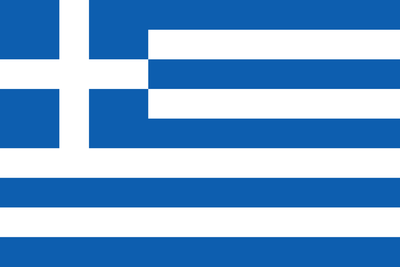
The Maltese flag is red and white with the George Cross on the top left. Legend has it that the red and white colours derive from Count Roger who tore a piece of his checkered flag and awarded it to the Maltese for helping him liberate the islands from the Arabs in 1090. It probably has more to do with the flag of Order of the Knights Hospitalier Knights though. As for the George Cross, it is the highest recognition offered to civilians during times of war. It is usually awarded to individuals, but in Malta's case, king George VI awarded it to the whole country for the resolve shown in WW2 (Malta was the most densely bombed place in WW2).
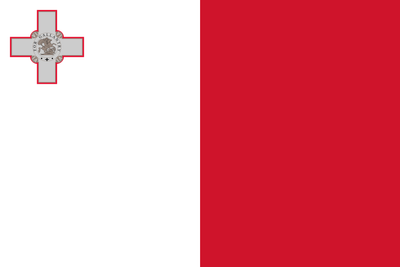
Related Reads
“Screams Desperation,” Nicole Kidman, 56, Stuns in a Risqué Dress, But People Say It’s Not Age-Appropriate

Zac Efron’s Appearance a Few Days Ago Leaves Fans Shocked and Worried

How a Reality Star Who Weighed 845 Pounds Documented His Journey and Inspired Thousands of People

Can You Find All the Scientific Mistakes in This Picture?
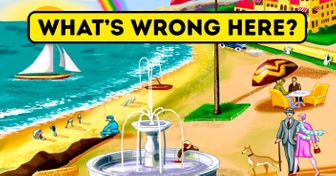
A Detail Spotted on Salma Hayek’s Breasts Sparks Big Controversy, as She Celebrates 57th Birthday

20 Details From “Harry Potter” That Made Us Exclaim, “How Could I Have Missed That?”

15 Celebrities and Their Kids Who Look Like They Could Be Siblings

7 Body Parts You’ve Been Cleaning Wrong Your Whole Life

15+ Weddings That Had the Worst Kind of Ending
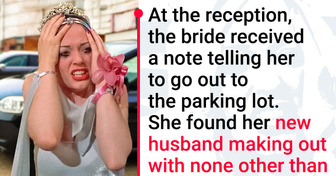
Miley Cyrus Causes a Stir by “Leaving Nothing to the Imagination” as She Wears an Extremely Revealing Dress

20+ People Whose Ideas Are Way Beyond Insane

Model Lost Entire Lips in Pitbull Attack, And She Reflects on Her Recovering Journey

